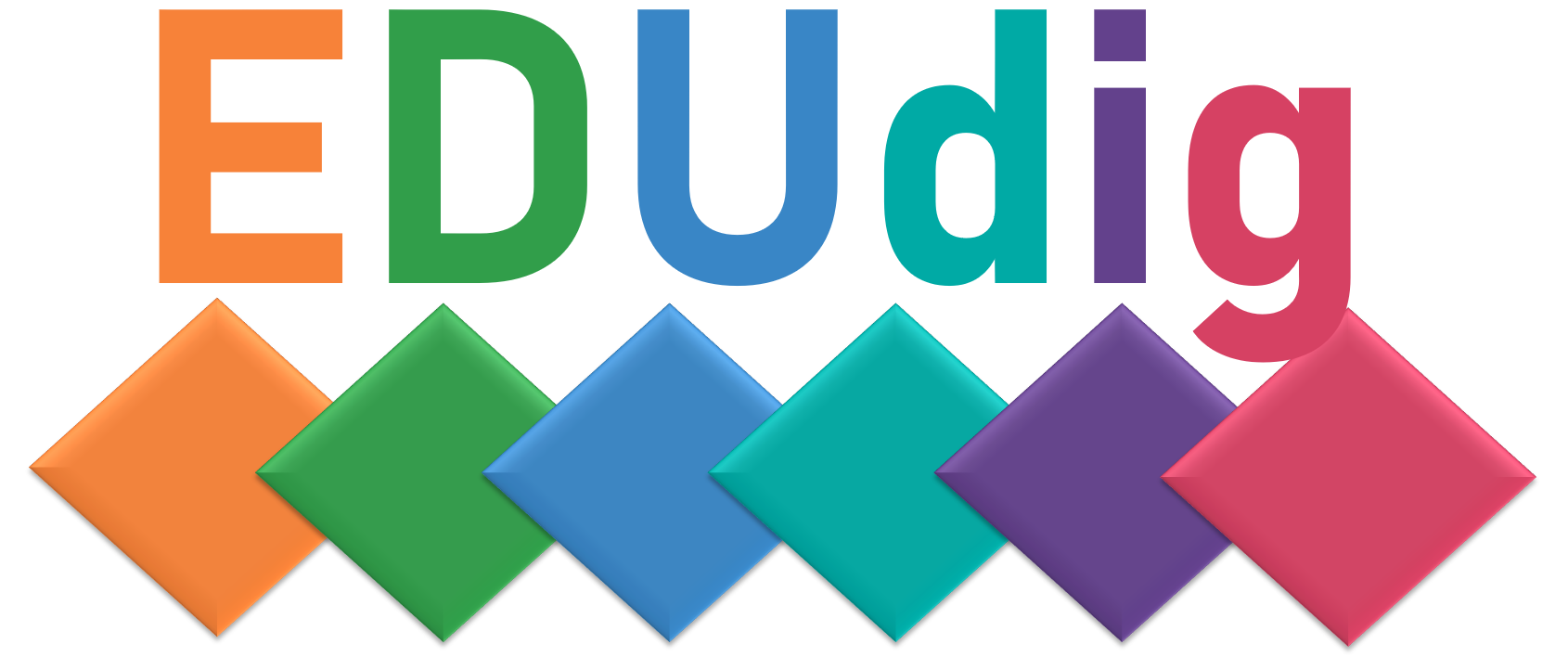Training
2.4 Consolidation and intensification
2.4.1 Reflect
For finding the most purposeful approach for your online learning implementation, try to answer the following questions:
- How can you facilitate collaborative learning during the online learning implementation?
- How can you best support virtual group and teamwork? Is group work enough or would the learning objectives of collaborative learning require committed teams?
- How can you enhance students’ commitment towards online teamwork and enable peer learning?
Consult Table 1 to reflect on the most purposeful team formation mode in your learning group:
- How might you best facilitate students’ learning by forming well-performing teams?
- Could a topic-driven team formation add your students’ motivation towards teamwork?
- How can you adjust the topic-driven team formation activity to suit your learning group needs?
2.4.2 Takeaways
Here you have some takeaways for forming teams online that may also serve as tips to get started:
- Online teams do not always need to be formed by the educator.
- A topic-driven team formation enables students to direct their interest in topics they find most relevant or purposeful considering their future employment.
- A topic-driven team formation also enables teaming up with peers a student is familiar with.
- A topic-driven team formation enables collaborative learning and meeting new peers with diverse perspectives.
2.4.3 Dig deeper
Here you have some additional information and sources for digging further into the issue of forming teams online:
Various competence levels of digital educators
Online teams are being used exponentially in higher education and business because of the development of technologies and globalization [1]. However, a pedagogically justified approach does not mean a need to integrate many technologies. Based on the DigCompEdu Framework [11], inspiration is offered for advancing online team formation and team building support on several competence levels. With limited time, a vast range of course content, and educators’ and students’ inadequate proficiency or apprehension with technology a gradual approach is often most rewarding, for example, starting on A levels (newcomer; explorer), continuing to B levels (integrator; expert) .and finalizing on C levels (leader; pioneer).
Collaborative learning is based on peer learning and sharing. On A levels, teams can be formed by the educator and published on the digital learning platform. For example, the educator combines teams to include different nationalities. Typical actors on A levels are newcomers, who make little use of digital technologies, and explorers, who use digital technology to engage learners. Typical actors on B levels are integrators, who fosters learners’ active use of digital technology, and experts, who use digital technology for actively engaging learners with the subject matter. Typical actors on B levels are leaders, who comprehensively and critically implement strategies for active learning, and pioneers, who innovates digital strategies for active learning.
Selection of warm-up activities (icebreakers)
Many traditional warm-up activities can be applied for virtual team building. Here are a few examples abundantely available online:
Selection of team building activities and templates
Team building activities

